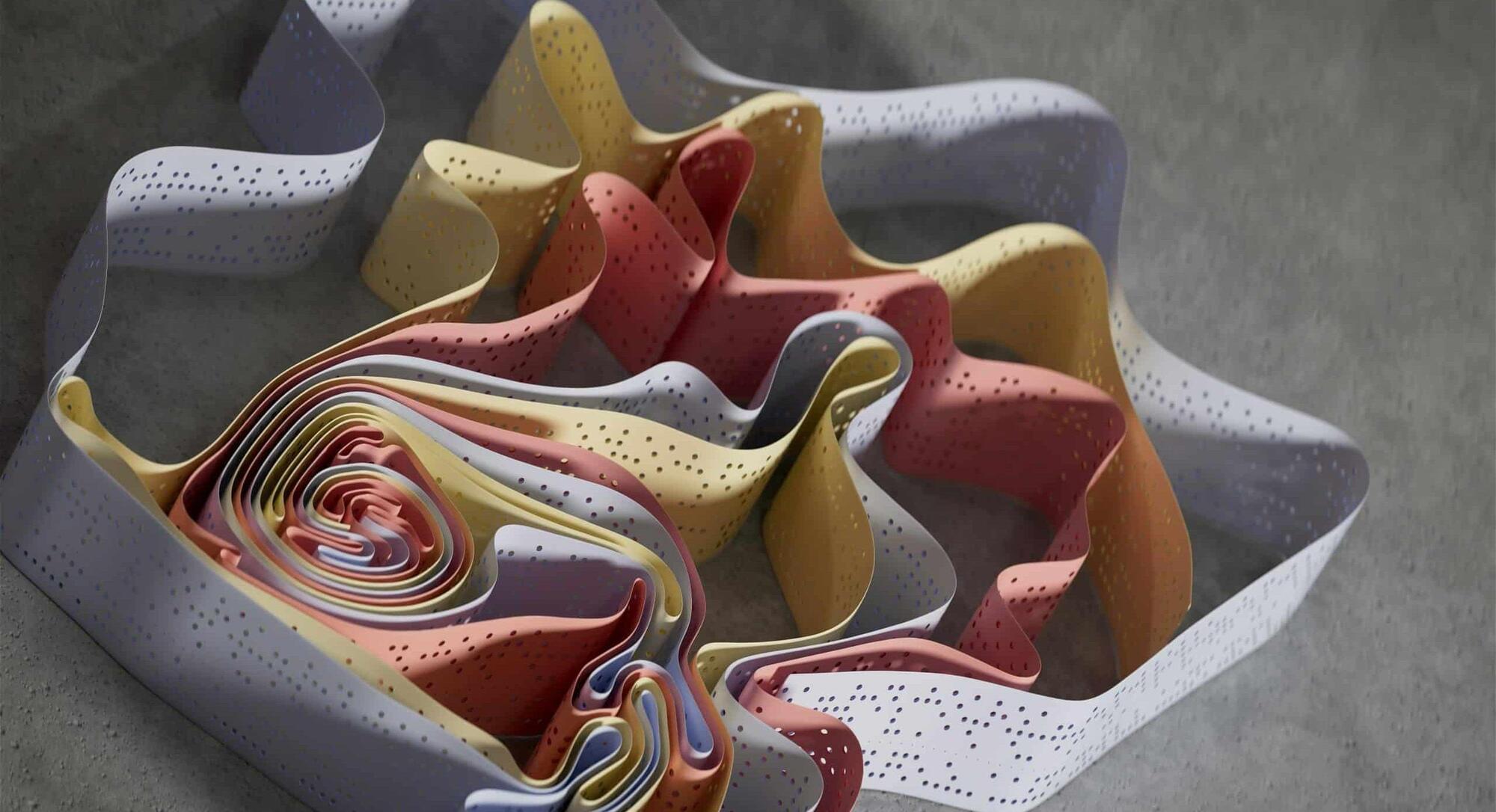“Let’s say a certain protein is expressed very highly in a cell. But when you actually look at it and see it, all of it is localised at the tip of the neuron where something very specific is happening,” he added.
Hassabis also stated that this could be crucial for understanding how a cell reacts to the injection of a specific nutrient or drug. At present, this process is carried out ‘painstakingly’ in a laboratory, but according to him, this project would enable researchers to perform it a million times faster and at a lower cost.
However, he noted that a laboratory would still be required as a final step to validate the predictions and conduct clinical trials to assess the efficacy of the research. Hassabis mentioned that the virtual cell project may materialise within five years from now.
